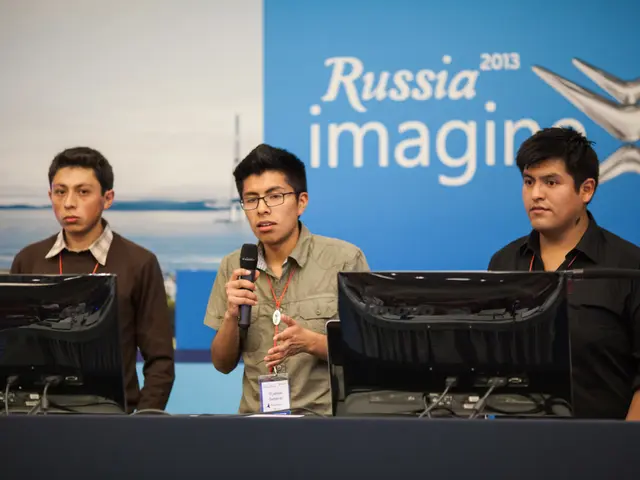China's Local EV Incentives Drive Robust Demand Despite National Subsidy End
Despite the end of China's 11-year-old national EV subsidy scheme, local authorities have continued to offer incentives to attract investments and aid consumers. Meanwhile, EV demand in China remains robust, and global automakers face varying market conditions.
Last year, several local governments in China, including cities like Guangzhou and towns like Changfeng in Anhui province, offered tax breaks and subsidies to lure investors and support buyers. Guangzhou, for instance, provided up to three automakers with annual subsidies of around 60 million euros each for high-capacity factories. Changfeng, meanwhile, attracted EV manufacturer BYD with cheap land.
Despite the national subsidy scheme's abolition, EV demand in China continues to soar, with a 29% year-to-date increase in sales as of September. Experts predict another strong year for China's EV market in 2023.
However, global automakers face mixed fortunes. Tesla's market share in China slipped to a record low of about 50% during the third quarter. In Europe, Tesla, Mercedes-Benz, and Volkswagen have cautioned about high interest rates and a subdued stock market. In Germany, the removal of business subsidies has impacted EV demand.
Conversely, EV sales in North America have surged by 78% so far this year. Despite the subsidy cut, China's final two months of the year typically see high vehicle sales, which could further boost EV adoption.
In Europe, EV sales grew by 26% but subsidies have tempered demand. As the market evolves, local and national policies continue to shape EV uptake worldwide.
While China's national EV subsidy scheme has ended, local incentives persist, driving demand and investment. Meanwhile, global automakers navigate diverse market conditions, with China's EV market remaining strong and North America showing promising growth, despite challenges in Europe.








